Contents
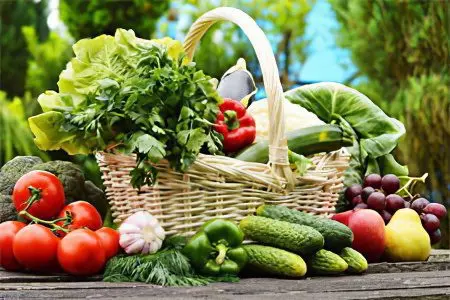
Proper nutrition is considered an important factor in the treatment of many diseases, especially for the pathology of the gastrointestinal tract. Gastroenteritis and other diseases that occur against the background of inflammatory processes require special attention to the organization of the patient’s nutrition.
Moreover, about 1/3 of all gastroenteritis develops precisely because of nutritional errors. Therefore, diet is the most important condition for recovery. Proper selection and combination of food will restore damaged mucous membranes. The diet for gastroenteritis becomes an integral part of the treatment (of course, this is not about the diet that people who are trying to lose weight adhere to, but about the diet that is optimal at a certain stage in the course of the disease, which allows you to speed up the recovery process).
Fundamentals of therapeutic nutrition for gastroenteritis
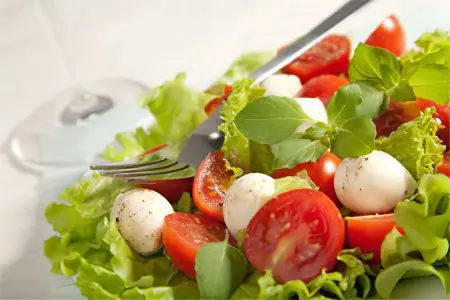
Gastroenteritis can occur in both acute and chronic forms. The causes of inflammation vary. Infections, food, allergic reactions can provoke the disease.
However, there are uniform recommendations for compiling a menu for all patients with gastroenteritis:
Situations in which the mucous membranes of the stomach and intestines are subjected to mechanical or chemical influence should not be allowed.
You need to eat food that envelops the walls of the stomach and intestines.
The menu should be balanced. Food for the body is a source of vitamins and minerals.
The food should not contain bacteria and other pathogenic flora.
It is important to carefully select products and prepare them correctly. After the completion of the acute stage of gastroenteritis, it is forbidden to include fried and fatty foods in the menu for 14 days. Products should be crushed, mashed from them, boiled thoroughly.
Food should be warm, too hot or cold dishes irritate the mucous membrane of the digestive system, which will lead to an exacerbation of the pathology.
You need to eat often and in small portions. This will avoid overstretching the walls of the digestive organs, prevent the occurrence of vomiting, and normalize intestinal motility.
Features of nutrition in gastroenteritis
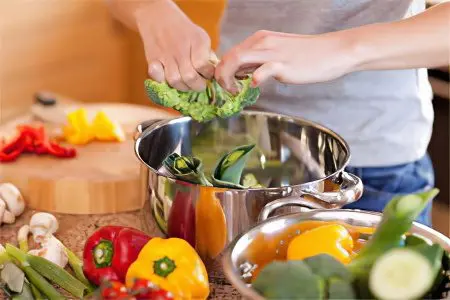
At the first signs of the disease, it is recommended to refuse to take any food in order to avoid unnecessary stress on the stomach, alleviate the course of the inflammatory process and improve the general condition of the patient. During this period, you need to drink a lot, and the liquid should be warm. As drinks, you can use diluted fruit or berry juice, boiled water or mineral water without gas, weak teas without added sugar, berry decoctions. The fluid that enters the body will help prevent dehydration from vomiting and diarrhea and fever, make the course of the disease more favorable, and also speed up recovery.
Food for gastroenteritis should be introduced into the patient’s diet gradually, offering him small portions at short intervals. Such a diet helps to reduce the load on the stomach. It is important to remember that foods for gastroenteritis should be served to the patient warm. A few days after the onset of the first symptoms of the disease, low-fat broth and soups, dietary oil, cereals are added to the number of permitted products. The main thing that patients need to remember is that they will need to introduce foods rich in animal proteins and carbohydrates into their diet.
What to eat with gastroenteritis?
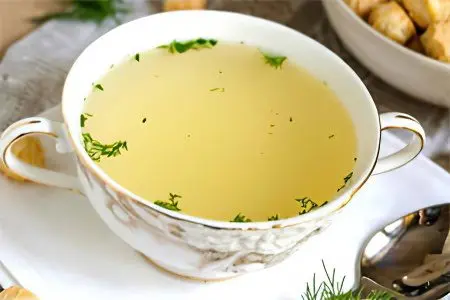
In the early stages of the development of the disease, meals should be liquid. It is allowed to include broths cooked on chicken breast in the menu. If a person feels sick and vomits, then he needs to drink non-carbonated water with salt.
When the patient’s health stabilizes, the menu is expanded. Enter into it:
Mucous porridge based on rice, rice water.
Chicken broth with vegetables. It is included in the menu from 3 days from the onset of gastroenteritis.
Boiled vegetables. Preference should be given to mashed carrots and potatoes.
Baked apples.
From the 5th day of illness, millet, buckwheat and semolina porridge are introduced into the diet. You can eat chicken meatballs and cutlets, but they should be steamed. The consumption of herbal teas, pear or apple compote is allowed. Sour fruits and berries are not consumed in the first 14 days from the onset of the disease.
Salt food is not necessary. It is important to refuse spices and other spices. This applies to pepper, cinnamon, dill and various sauces.
Fermented milk products, which are low in fat, replenish the reserves of proteins and minerals well. It can be curd mass, kefir, biolact. It is forbidden to include sour cream and cottage cheese, as well as cheeses in the menu.
Children’s diet for gastroenteritis is built on the same principles as the adult diet. You need to eat in small portions. Vegetables and meat should be pureed. Animal and vegetable fats in the child’s menu are limited.
Prohibited foods for gastroenteritis
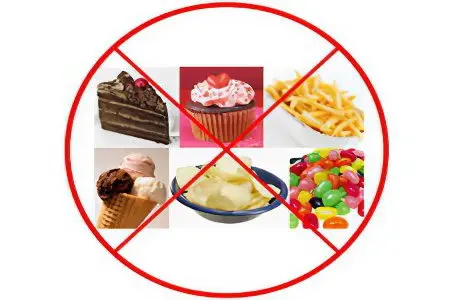
There are many foods that are on the prohibited list for gastroenteritis. This applies to acidic vegetables and fruits, which contain a lot of coarse dietary fiber. Also, do not drink milk. It is unacceptable to eat hot or cold dishes, to consume alcoholic beverages.
Foods that are forbidden to eat in the first 14 days after the development of gastroenteritis:
Fresh vegetables and fruits.
Acidic vegetables and fruits, such as lemons, oranges, sorrel.
Milk and dairy products.
Oily fish and meat.
Fresh bread, muffins, crackers with spicy spices.
Jelly, candies, cookies and other confectionery products.
Smoked sausage, etc.
Chocolate and cocoa products.
Grilling, frying, salting and fermentation of dishes is unacceptable. Eating such foods will irritate the intestines and stomach and aggravate the course of the disease. They can be introduced into the diet no earlier than a month from the onset of the first symptoms of pathology. Before expanding the menu, you need to consult with a specialist. If this is not done, then the likelihood of an acute form of gastroenteritis becoming chronic increases.
Table of prohibited and permitted products
type of product | Allowed Products | Prohibited Products |
Bread products | Wheat bread made from premium flour, unbread biscuits, wheat bread crackers, yesterday’s pastries in limited quantities. | Rye and fresh bread, as well as pastry products, pancakes, pancakes. |
Dairy produce | Pureed cottage cheese, fresh or unleavened, steam soufflé. | Whole milk, kefir, cream, sour cream, cheese. |
Soups | Soups in low-fat, weak meat, chicken or fish broth with rice, semolina, noodles, meatballs. Mucous soups on the same broths with butter are also useful. | Soups with a strong, fatty broth, milk soups, cold and bean first courses. |
Meat and meat dishes | Lean meats, beef, veal, chicken, turkey, pureed, minced or boiled in water or steamed. If minced meat is prepared from meat, then instead of bread, you can add a little rice to it. Minced meat is passed two or three times through a meat grinder with a fine grate. From pureed meat, you can cook various types of jellied dishes. | Fatty meats, pork, lamb, goose, duck, sausages, ham, smoked products, canned meat. In addition, the meat should not be stewed or fried. |
Fish and fish dishes | Low-fat varieties of fish, for example, pike perch, carp, perch. You can cook in a piece or it can be mashed, chopped, boiled in water or steamed or aspic. | Fatty fish, salted, smoked, pickled fish, canned fish. |
Cereals and pasta | Rice, semolina, hercules, pureed buckwheat. They can be boiled in water or low-fat broth, in the form of steam puddings. Steam vermicelli is also allowed. | Millet, barley and barley groats, crumbly cereals, legumes, as well as pasta casseroles. |
Vegetables | Soft-boiled eggs, steam omelet, but no more than one egg per day. | Raw, fried, hard boiled eggs. |
Fats | Butter in its natural form, which is added to dishes. | All varieties of oils and fats except butter. |
Berries and fruits | Applesauce, jelly and vein from the juices of non-acidic berries, blackcurrant, blueberries, dogwood, quince, bird cherry. | Fresh fruits and berries, dried fruits, compotes. |
Confection | Sugar is limited. | Honey, jam. |
Beverages | Tea (especially green tea infusion), coffee, cocoa on the water, juices of non-acidic berries and fruits, diluted with water, decoctions of dried berries, rose hips. | Coffee and cocoa with milk, kvass, grape juice, carbonated and cold drinks. |









